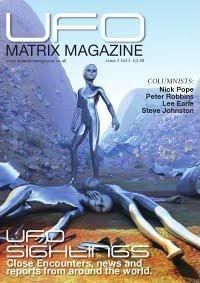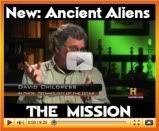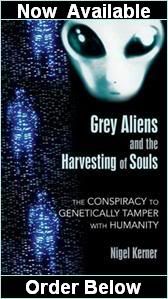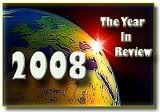Wednesday, December 7, 2011
EARTH'S TWIN? NASA's Kepler Mission Announces Latest Discovery
WATCH THIS ONE FIRST - THEN NASA VIDEO
The Kepler mission's science team announced its latest finding at a press conference on Monday, Dec. 5, 2011. The team announced the confirmation of Kepler-22b, its first planet found in the "habitable zone," the region where liquid water could exist on a planet's surface. The planet is about 2.4 times the radius of Earth, orbits around a star similar to our sun and is located 600 light-years away. Scientists don't yet know if Kepler-22b has a predominantly rocky, gaseous or liquid composition, but its discovery is a step closer to finding Earth-like planets. The planet's host star belongs to the same class as our sun, called G-type, although it is slightly smaller and cooler.
Kepler also has discovered 1,094 new planet candidates, nearly doubling its previously known count. Since the last catalog was released in February, the number of planet candidates identified by Kepler has increased by 89 percent and now totals 2,326. Of these, 207 are approximately Earth-size, 680 are super Earth-size, 1,181 are Neptune-size, 203 are Jupiter-size and 55 are larger than Jupiter. The findings, based on observations conducted May 2009 to September 2010, show a dramatic increase in the numbers of smaller-size planet candidates.
NASA
KEPLER-22B may be the most Earth-like world yet found in the galaxy — and it could be home to alien life.
It orbits a star like the Sun 600 light years — that's nearly 4,000BILLION MILES — away in the constellation Cygnus.
Importantly, the planet lies inside the habitable zone of its solar system, so-called because it is not too hot and not too cold for life to exist. Water — an essential requirement for life as we know it — would be a liquid.
Christmas would come around sooner there every year, because it takes just 290 days to go round its parent star.
Scientists cannot tell for sure yet whether Kepler-22b is a rocky world, a ball of gas or even a liquid object.
But its discovery, announced this week, suggests we're getting closer to discovering we're not alone in the universe.
The Kepler mission's science team announced its latest finding at a press conference on Monday, Dec. 5, 2011. The team announced the confirmation of Kepler-22b, its first planet found in the "habitable zone," the region where liquid water could exist on a planet's surface. The planet is about 2.4 times the radius of Earth, orbits around a star similar to our sun and is located 600 light-years away. Scientists don't yet know if Kepler-22b has a predominantly rocky, gaseous or liquid composition, but its discovery is a step closer to finding Earth-like planets. The planet's host star belongs to the same class as our sun, called G-type, although it is slightly smaller and cooler.
Kepler also has discovered 1,094 new planet candidates, nearly doubling its previously known count. Since the last catalog was released in February, the number of planet candidates identified by Kepler has increased by 89 percent and now totals 2,326. Of these, 207 are approximately Earth-size, 680 are super Earth-size, 1,181 are Neptune-size, 203 are Jupiter-size and 55 are larger than Jupiter. The findings, based on observations conducted May 2009 to September 2010, show a dramatic increase in the numbers of smaller-size planet candidates.
NASA
KEPLER-22B may be the most Earth-like world yet found in the galaxy — and it could be home to alien life.
It orbits a star like the Sun 600 light years — that's nearly 4,000BILLION MILES — away in the constellation Cygnus.
Importantly, the planet lies inside the habitable zone of its solar system, so-called because it is not too hot and not too cold for life to exist. Water — an essential requirement for life as we know it — would be a liquid.
Christmas would come around sooner there every year, because it takes just 290 days to go round its parent star.
Scientists cannot tell for sure yet whether Kepler-22b is a rocky world, a ball of gas or even a liquid object.
But its discovery, announced this week, suggests we're getting closer to discovering we're not alone in the universe.
Labels:
earths twin,
kepler 22b,
nasa
Subscribe to:
Post Comments (Atom)


























No comments:
Post a Comment